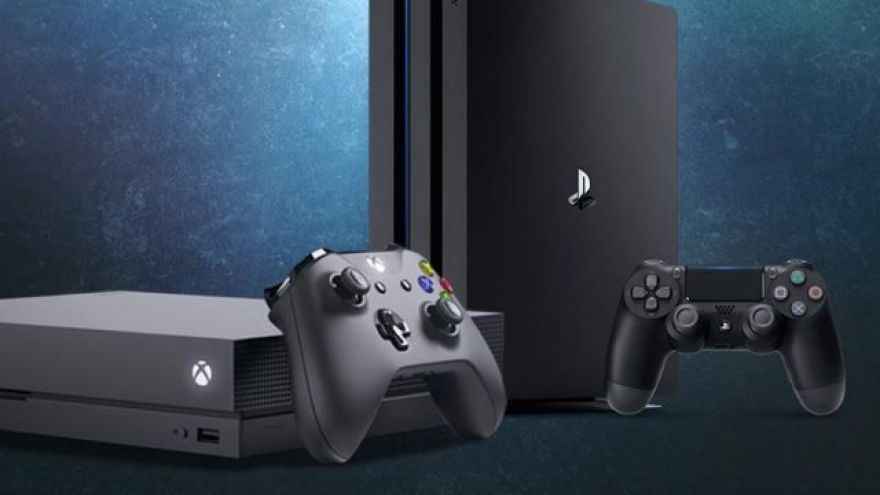
Microsoft’s Xbox One X debuted in early November, to muted optimism and mildly positive reviews. The general summary was that the console absolutely had promise, but questions remained regarding how robustly it would support 4K rendering or increased visual effects. Microsoft has been outsold by Sony more than 2:1, and the company is looking for a way to reverse that trend. November sales reports suggest they may not have hit on a winning formula just yet. , Sony shipped more PlayStation 4’s in November than it has ever shipped in any month previously. NPD also reports that the PlayStation 4 () sold more units than any other console in the month, finally claiming back some momentum from the Nintendo Switch.

Not all of Google’s projects turn out to be successful. Products like Wave, the Nexus Q, and Buzz were all relegated to the dustbin of history, and another one is set to join them. Google has announced that its augmented reality Project Tango platform . Google’s augmented reality aspirations aren’t dead, but they’re changing. Project Tango was announced in 2014, but the only hardware was a . A development tablet powered by the Nvidia Tegra K1 , but it came with a whopping $1,024 price tag. These pieces of hardware were necessary because Tango was based on having powerful sensors inside the device.
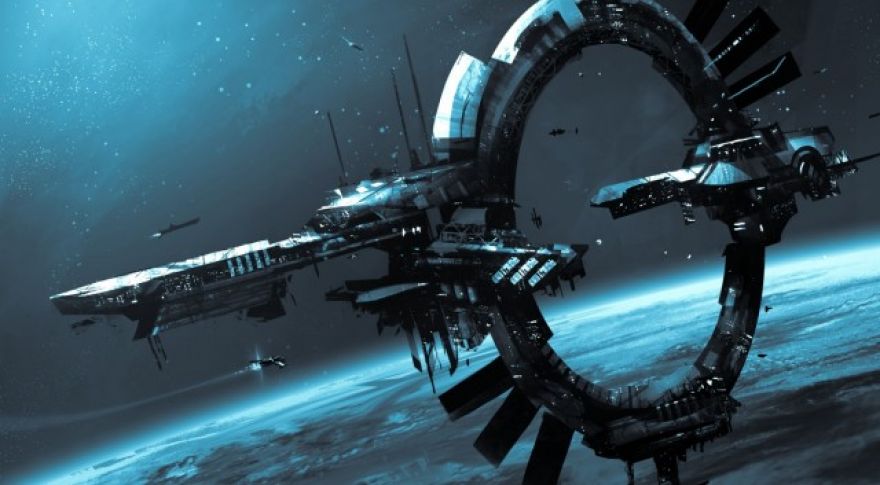
Star Citizen’s development process has been fraught, with marked disagreement among both developers and the gaming community over whether Cloud Imperium Games (CIG) can actually bring its incredibly ambitious product to market. One rare point of agreement among the various parties is Chris Roberts’ decision to use the Crytek engine for a space sim as complex as Star Citizen is didn’t pan out well, and the CIG team had to spend a great deal of time rewriting the game engine. Now, Crytek is suing CIG and RSI (Roberts Space Industries is the parent company of CIG) for breach of contract and unauthorized use of Crytek assets.

Amazon made the bold decision in 2015 to stop selling some of the most popular streaming devices on the market. Coincidentally, those were the streaming devices made by Apple and Google, which compete with Amazon’s own Fire lineup. This irked many consumers, but Apple and Google both have their own storefronts to sell hardware. Amazon now says it’s , but it’s reluctant to explain why. When Amazon pulled the Apple TV and Google Chromecast, it did so with the rationale that it didn’t want consumers to be confused by the lack of Prime Video support on those platforms.
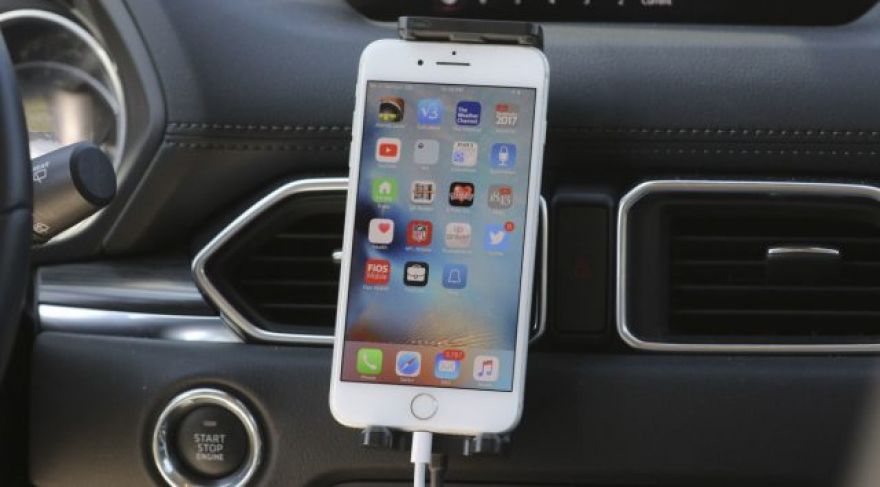
Here’s a quick way to step up cellular calling and data quality in your car when you’re off someplace remote, such as in snow country or an out-of-the-way beach down south: Install a cellular phone signal booster. The major player in the market is WeBoost, and its newest phone booster is the Drive Sleek 470135 ($200). In several months of use, I found the Drive Sleek () worked well and indeed boosted faint cell signals. But if you’re getting no service, it can’t make something out of nothing.
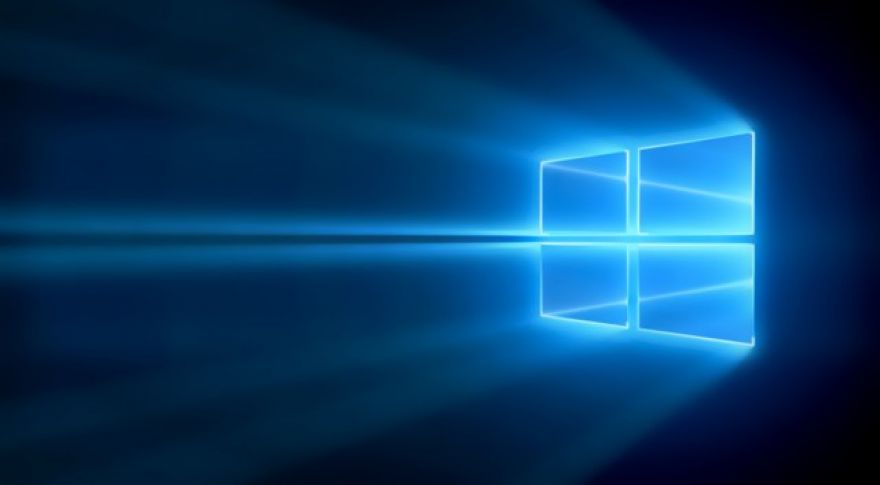
Ever since Microsoft launched Windows 10, it’s made the OS officially or unofficially available. Officially, you stopped being able to download or upgrade your system to Windows 10 on July 29, 2016. Unofficially, you can still download an upgrade license for the OS, but you’ve got to do it soon — as in before December 31, 2017. Microsoft’s first giant push to convince customers to use Windows 10 was marred by an increasingly heavy hand as the campaign went on, to the point that it was both and later . We’ll never know exactly how many people avoided the upgrade for this reason alone, but some readers have indicated they were disgusted by the company’s behavior and refused to update.

You probably reach for the light switch when it gets dark, but researchers from MIT are working on technology that . The team created nanoparticles containing the same enzymes that make fireflies glow and embedded them in the leaves of watercress plants. The result was a plant that emits an eerie yellow-green glow. The researchers say this is just the start, though. The glowing plants are an application of “nanobionics,” an area of research created by MIT chemical engineering professor Michael Strano and senior author of the study. The aim of nanobionics is to imbue plants with new capabilities by way of specialized .
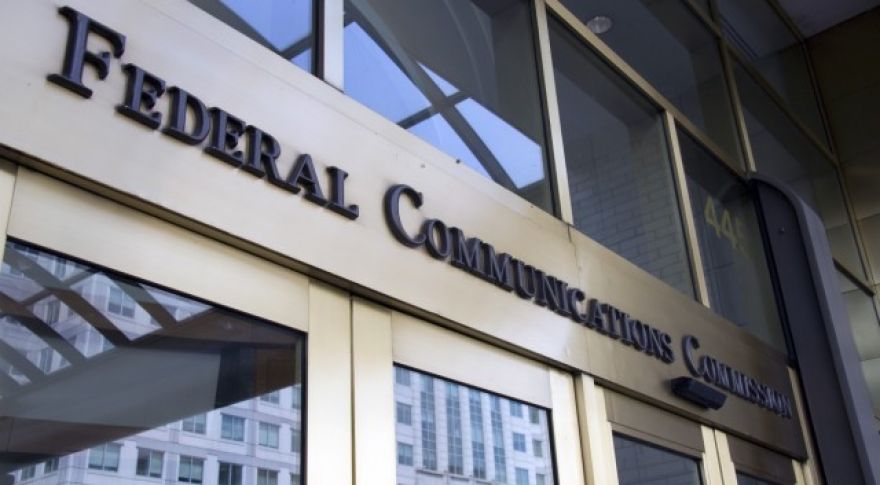
The Federal Communications Commission (FCC) under chairman Ajit Pai has followed through on its threat to kill net neutrality. In a 3-2 vote today, the commission approved a proposal to nullify the net neutrality rules put in place by the FCC in 2015. This move frees up internet service providers like Comcast and Time Warner to manage their networks more aggressively and create preferred fast lanes for content. The vote also makes it that much harder to apply any regulatory pressure to ISPs, as it removes the Title II classification that served as the basis of the net neutrality regulations.

Astronomers have been spotting for decades, but the overwhelming majority of newly discovered planets outside our solar system have come courtesy of the Kepler mission. This space observatory has found well over a thousand exoplanets, but Kepler accumulated a ton of data that’s difficult to analyze. Google has stepped in to , and this partnership is already bearing fruit. Google’s TensorFlow platform has identified two previously missed planets orbiting faraway stars. In the first phase of Kepler’s mission, the spacecraft watched large swaths of the sky, taking images every 30 minutes. watches for dips in brightness, which indicate a planet passed in front of a distant star.









